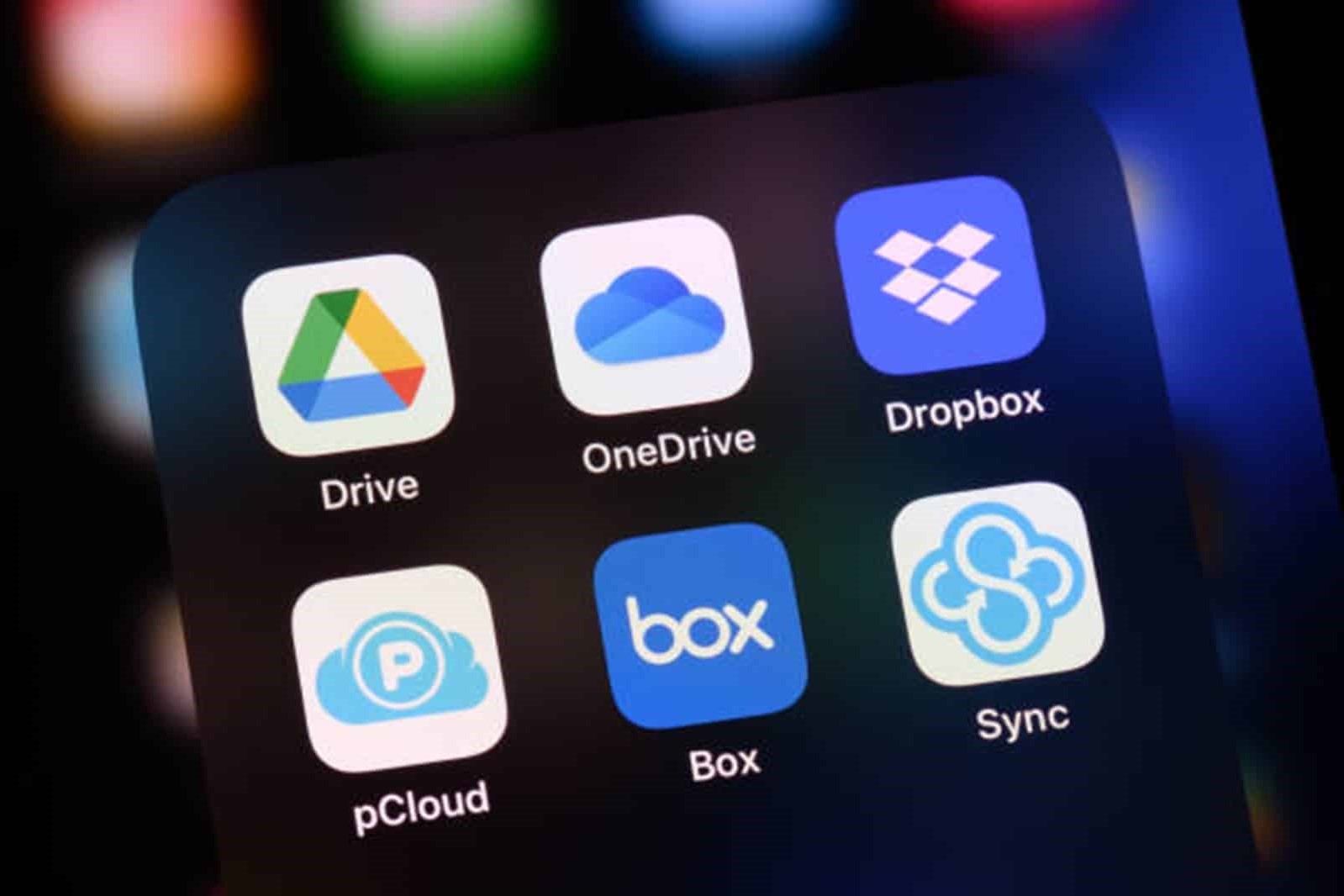
It’s a common misconception that storing data in the cloud automatically protects it from cyber threats. Many people assume that by using cloud storage services like Dropbox, Google Drive, or iCloud, their data is somehow safer than if stored locally on their computer or phone. However, this is a dangerous myth – while the cloud offers some security advantages, your data is still vulnerable in many ways unless you take proactive steps to protect it. Simply uploading files to the cloud does not magically make them more secure.
Understanding the limitations of cloud security is crucial. The cloud should be viewed as an efficient and convenient way to store and backup data, not as foolproof protection against cyber attacks. You remain responsible for properly configuring security settings, controlling access, and implementing best practices around encryption, strong passwords, multi-factor authentication, and more. Relying solely on the cloud provider’s security is a recipe for disaster.
In this article, we’ll bust the myth that the cloud automatically protects your data. We’ll outline the risks, your responsibilities, and what you need to do to actually keep your cloud data safe. Just because your data is in the cloud doesn’t mean it’s impervious to hacking, theft, accidental exposure, and other threats. Take control of your cloud security.
While storing data in the cloud has many benefits, it does not inherently make your data more secure. There are still ways that hackers can gain access to your data in the cloud if you are not taking the right precautions.
There are still ways that hackers can gain access to your data in the cloud if you are not taking the right precautions.
One common misconception is that storing data with large cloud providers like Amazon Web Services, Microsoft Azure, or Google Cloud automatically means your data will be protected. While these providers have security measures in place, the burden of properly configuring settings and controlling access still falls onto the customer.
Cloud storage platforms contain millions of servers spanning multiple data centers and regions. This provides a very broad attack surface that hackers can exploit. There have been many high profile examples of data breaches stemming from misconfigured cloud storage buckets that left data exposed and accessible to anyone on the internet.
Additionally, hackers use a range of techniques like phishing campaigns and social engineering to gain access to cloud accounts and storage. Once they gain that initial foothold, they can exfiltrate data, delete resources, or even take control of entire cloud environments.
The shared responsibility model of cloud computing also means the cloud provider is only responsible for security of the cloud itself. Customers are still responsible for securing their data, applications, users, and more within the cloud. Proper cloud security requires using all the right tools and settings across your accounts, not just relying on the cloud provider.
So while the cloud offers many advantages, data is not inherently more secure simply by virtue of being stored there. Proper cloud security requires comprehensive measures and configuration by the customer. The responsibility ultimately falls onto you.
While cloud service providers like AWS and Microsoft Azure provide security for the cloud infrastructure, you are still responsible for securing your data and applications in the cloud. The shared responsibility model outlines the security responsibilities of the cloud provider versus the cloud customer.
Cloud providers secure the underlying infrastructure and hardware such as data centers, servers, networking equipment and physical security. However, securing your operating systems, network, applications and data remains your responsibility as the customer.
Cloud providers may provide some security tools and features, but how you configure and use them to protect your cloud assets is up to you. For example, AWS provides security groups to control inbound and outbound traffic to EC2 instances, but you need to set the proper rules. Azure provides role-based access controls, but you must define the roles and assign permissions.
The bottom line is that while the cloud provider secures the cloud, you must secure your workloads and data in the cloud. Using the cloud does not inherently make your data more secure. Proper cloud security configuration, encryption, access controls, vulnerability management, and monitoring are still required on your part. Never assume the cloud provider has secured your data by default. Take ownership of cloud security just as you would on-premises.
Proper cloud security configuration, encryption, access controls, vulnerability management, and monitoring are still required on your part.
The cloud offers many advantages, but not automatic security. Take responsibility by implementing these best practices to keep your data safe. The cloud provides flexibility and scale, but you must provide the security.

Relying solely on cloud storage for security is a risky approach. While the cloud offers some protections, it is not a comprehensive cybersecurity solution on its own. Organizations and users still need to implement a multi-layered strategy to truly protect data.
Some key reasons why the cloud alone is not enough include:
Relying solely on the cloud is taking an incomplete, perimeter-centric approach to security. Organizations need a comprehensive security strategy spanning cloud, network, endpoints, access, data, and people.
The cloud is an important security tool but not a magic bullet. To truly protect assets in the cloud, use it as part of a robust, layered cybersecurity strategy. The cloud alone is necessary but not sufficient for cyber defense.